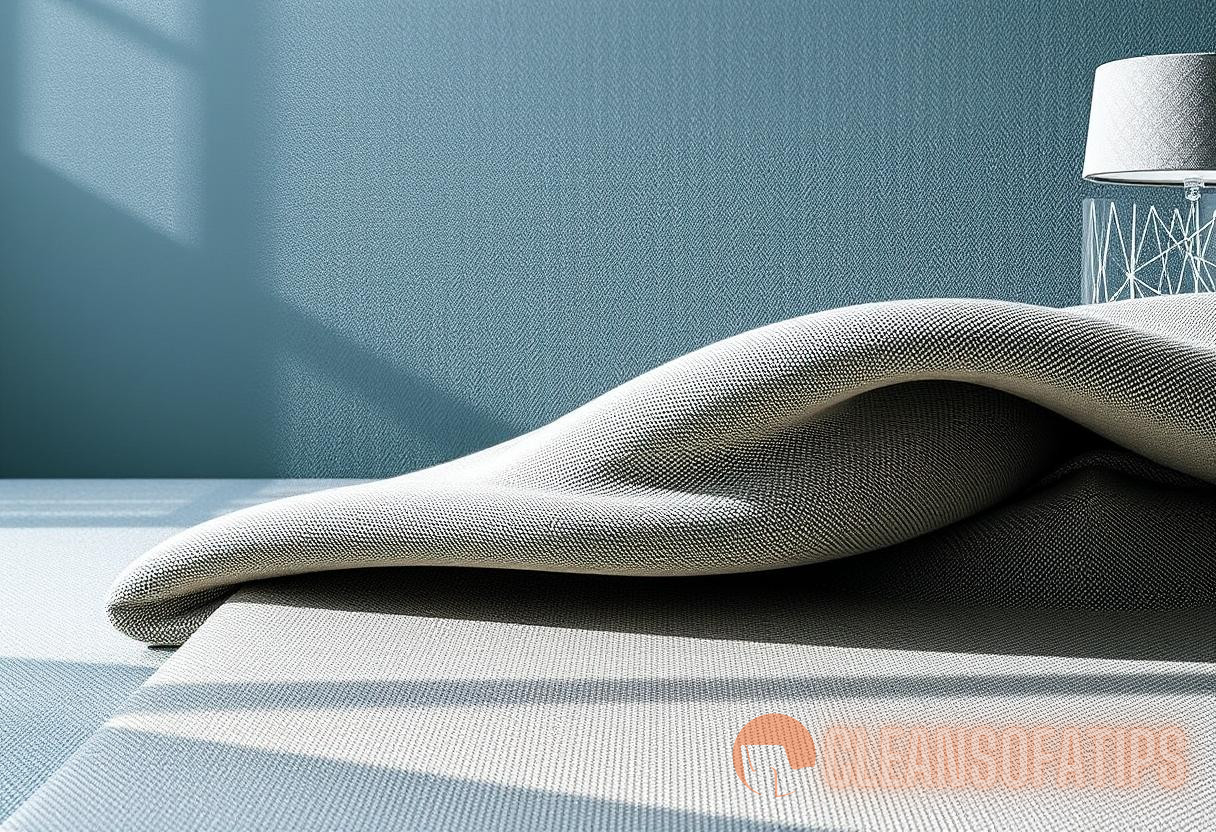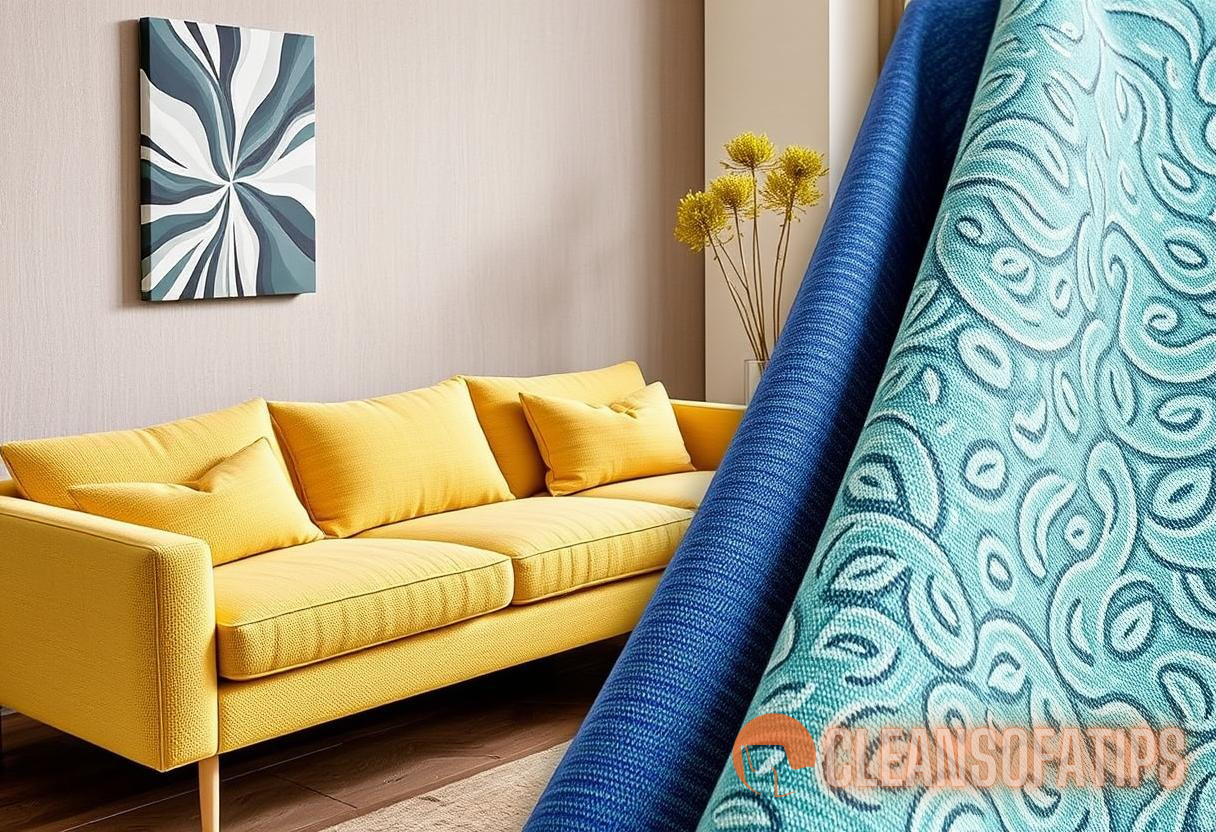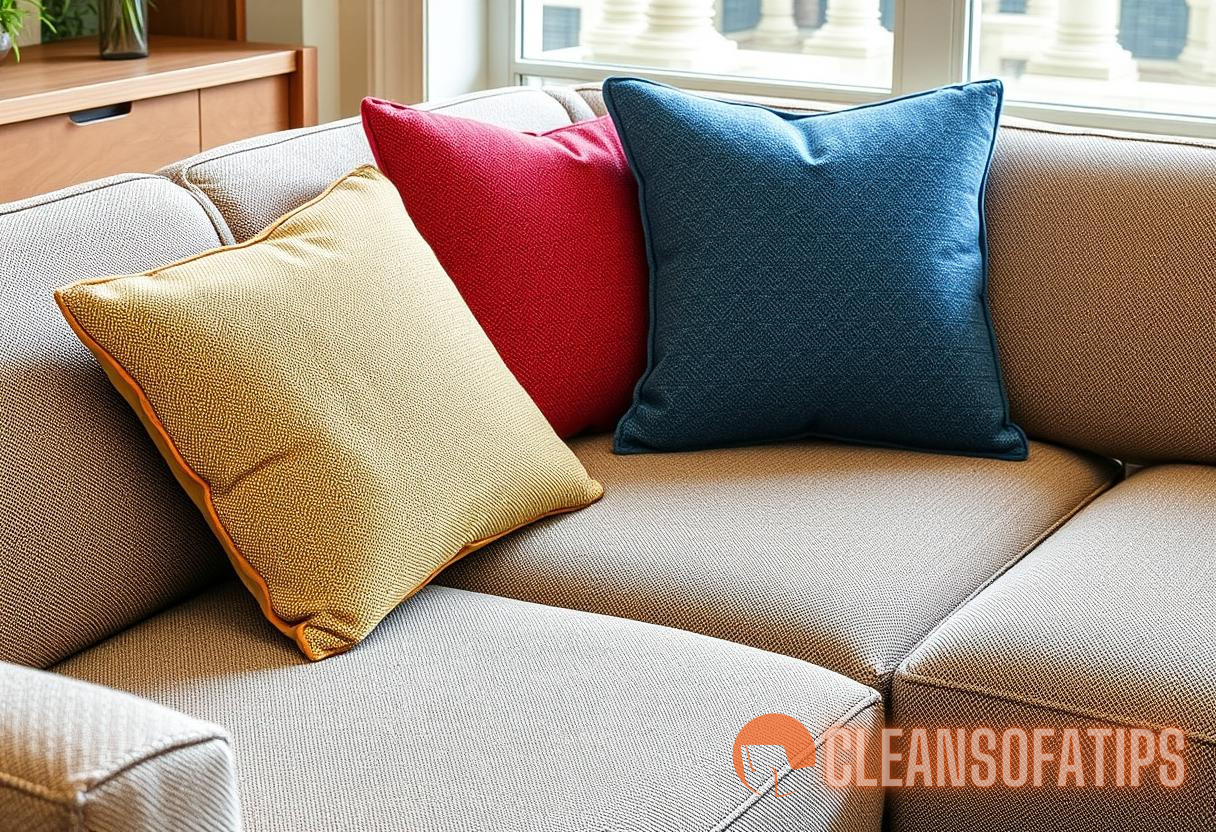Revolutionizing Upholstery Durability: The Role of Hybrid Nanomaterials in Next-Generation Fabric Protection
In the ever-evolving world of fabric care, the quest for durability and protection against damage has led to innovative solutions. One of the most promising advancements in this area is the use of hybrid nanomaterials for upholstery protection. These materials not only enhance the resilience of fabrics but also provide increased longevity, making them ideal for both home and commercial applications. This guide aims to delve into the intricacies of hybrid fabric protection, exploring its implications for the future of upholstery durability.
What Are Hybrid Nanomaterials?
Hybrid nanomaterials are unique composites that combine organic and inorganic components at the nanoscale. These materials possess exceptional properties due to their nanoscale structure, which imparts remarkable strength, flexibility, and resistance to various forms of wear. For example, when integrated into fabric, hybrid nanomaterials can effectively shield against spills, stains, and abrasions.
Key characteristics of hybrid nanomaterials include:
- High Strength-to-Weight Ratio: These materials provide superior durability without adding excessive weight to fabrics.
- Enhanced Flexibility: They maintain the softness and comfort of traditional fabrics while bolstering protection.
- Resistance to Environmental Stressors: Hybrid nanomaterials resist UV radiation, moisture, and thermal fluctuations, ensuring longevity.
The Science Behind Hybrid Fabric Protection
Hybrid fabric protection primarily hinges on nanotechnology—a field that involves manipulating materials at the molecular or atomic level. By embedding nanoscale structures into fabrics, scientists can enhance their physical properties. For instance, silica nanoparticles can be incorporated into fibers to create a barrier against liquid penetration, effectively rendering textiles water-resistant.
Some common types of hybrid nanomaterials used in fabric protection include:
- Silica Nanoparticles: Known for their hydrophobic properties, they help repel moisture.
- Silver Nanoparticles: These provide antimicrobial benefits, reducing odor and fabric degradation.
- Graphene Oxide: This material offers remarkable strength and conductivity, applicable in advanced textile technologies.
Benefits of Hybrid Nanomaterials in Upholstery

Integrating hybrid nanomaterials into upholstery fabrics results in various significant benefits:
- Increased Stain Resistance: Hybrid fabric protection helps to minimize the penetration of liquids and stains, preserving the aesthetic qualities of the fabric.
- Lower Maintenance Costs: Fabrics treated with hybrid nanomaterials require less frequent cleaning and replacement, reducing overall maintenance costs.
- Environmental Sustainability: By extending the life of upholstery, hybrid nanomaterials contribute to reducing waste and the environmental footprint of textile production.
Real-World Applications of Hybrid Nanomaterials in Fabric Care
Several industries are already leveraging the advantages of hybrid nanomaterials to improve fabric durability and performance:
- Furniture Industry: Manufacturers utilize hybrid fabric protection for upholstery in sofas and chairs, resulting in enhanced lifespan and reduced fading.
- Automotive Sector: Auto manufacturers are increasingly using hybrid fabrics in interiors to combat wear and tear from daily use, ensuring vehicles maintain their aesthetic appeal over time.
- Textile Retail: Retailers are offering more durable clothing options made with hybrid nanomaterials, meeting the consumer demand for both style and practicality.
For more insights into advancements in fabric care, explore our article on Advanced Fabric Care Techniques.
Understanding the Mechanism of Hybrid Fabric Protection
The protective nature of hybrid nanomaterials stems from their structural benefits. When applied to fabric, they create a nanoscale interaction that alters the surface characteristics of the textile. This improves properties such as:
- The Surface Energy: Hybrid nanomaterials can modify the surface energy of fabrics, making them hydrophobic.
- Pore Size and Distribution: The treatment can fine-tune pore sizes within the fabric, influencing liquid absorption and breathability.
Research shows that fabrics treated with silica nanoparticles have significantly higher water contact angles, indicative of their water-repellent characteristics. In practical terms, this means spills can be easily wiped away without causing stains.
Examining the Performance of Hybrid Nanomaterials
Laboratory tests and field studies have demonstrated the effectiveness of hybrid nanomaterials in fabric protection:
- A study conducted by the American Textile Society reported a 70% increase in stain resistance for fabrics treated with hybrid coatings.
- Case studies show that automotive upholstery incorporating hybrid nanomaterials experienced a reduction in wear by up to 50% compared to untreated counterparts.
The empirical evidence supports the transition towards hybrid fabric protection as a viable solution for increasing durability and maintaining the visual appeal of upholstery fabrics.
Challenges and Limitations
Despite the advantages offered by hybrid nanomaterials, there are notable challenges that the industry faces:
- Cost of Production: The manufacturing process for hybrid nanomaterials can be expensive, which may lead to higher retail prices for treated fabrics.
- Environmental Concerns: The long-term environmental impact of some nanomaterials remains under scrutiny, necessitating careful assessment.
- Consumer Awareness: Many consumers may be unaware of the benefits of hybrid fabric protection, hindering widespread adoption.
To understand the nuances of fabric protection technologies, refer to our guide on The Latest in Fabric Technology.
The Future of Hybrid Fabric Protection
The future of upholstery durability lies in the continued research and development of hybrid nanomaterials. As technology progresses and production methods become more cost-effective, it is likely that a broader range of consumer products will feature hybrid fabric protection.
In addition, ongoing advancements in nanotechnology may lead to the creation of even more versatile and effective coatings:
- Self-Healing Fabrics: Future hybrid materials may incorporate self-healing technology that allows them to recover from minor damages.
- Smart Textiles: Integrating electronic properties into hybrid nanomaterials can lead to smart fabrics that respond to environmental changes.
Conclusion
As we navigate through an era focused on both technological advancements and sustainable practices, hybrid nanomaterials are positioned to revolutionize upholstery durability in ways previously unimagined. From everyday home furnishings to specialty industries, the benefits of hybrid fabric protection are significant and deserve attention. Understanding and embracing these innovations will help consumers make informed decisions about their fabric care choices.



